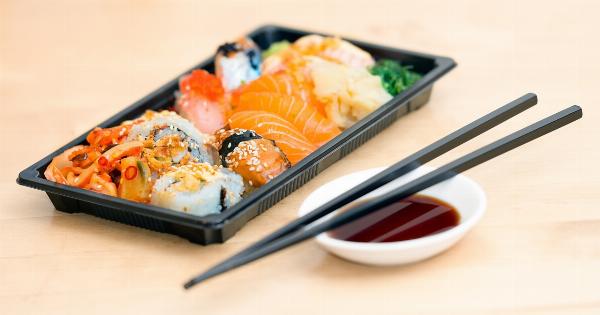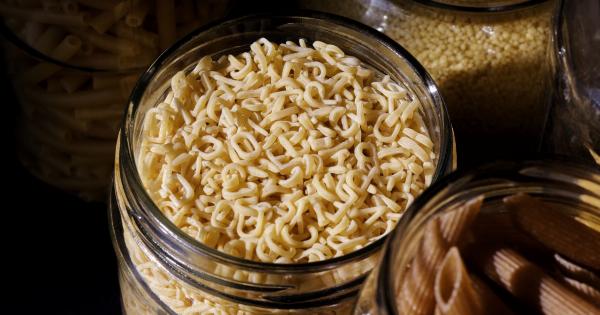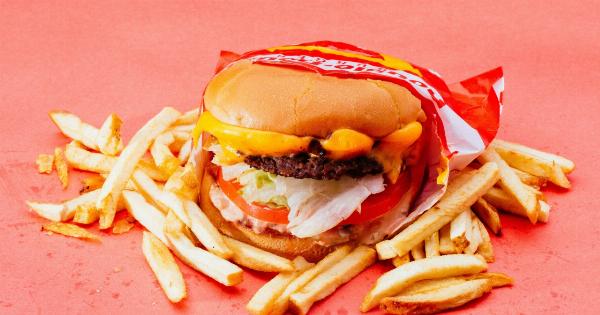When you pick up a packaged food item at the grocery store, you often rely on the information presented on the label to make your decision. However, not all food labels are created equal.
Some terms used on food labels can be misleading and may not accurately reflect the true nature of the product. Here are 9 common misleading food label terms to watch out for:.
1. “Natural”
The term “natural” is one of the most commonly used and misleading terms on food labels.
While it may give the impression that a product is minimally processed or free from artificial ingredients, the FDA does not have a clear definition for this term. This means that companies can use the label “natural” even if their product contains artificial colors, flavors, or other additives.
2. “Unprocessed”
Similar to “natural,” the term “unprocessed” implies that a food item has undergone minimal processing.
However, there is no legal definition or certification for this term, which means that it can be used loosely without any guarantees about the product’s level of processing.
3. “Made with real fruit”
When a food label states that a product is made with real fruit, it’s easy to assume that it contains a significant amount of fruit. However, this term can be used even if the product contains only a small percentage of real fruit.
Always check the ingredient list to determine the actual fruit content.
4. “Whole grain”
Whole grains are considered to be healthier than refined grains. However, some products labeled as “whole grain” may contain a mixture of whole grains and refined grains.
To ensure you’re getting the real deal, look for products that list a whole grain as the first ingredient.
5. “No sugar added”
This term does not mean that a product is sugar-free. It simply means that no additional sugar has been added during the processing or packaging of the product. Naturally occurring sugars, such as those found in fruits or dairy, may still be present.
Always check the nutrition facts panel for the total sugar content.
6. “Low fat”
Products labeled as “low fat” may still contain a significant amount of calories from other sources, such as added sugars or carbohydrates.
Be sure to check the overall nutritional profile of the product to make an informed choice about its healthfulness.
7. “Light” or “Lite”
The term “light” or “lite” can refer to a variety of characteristics, such as reduced fat, reduced sodium, or reduced calories. However, these terms are not well-regulated, and the specifics may vary from product to product.
Always read the nutrition facts panel to understand the exact changes made to the original product.
8. “Free-range”
When it comes to animal products, “free-range” implies that the animals were allowed access to the outdoors or had ample space to roam.
However, the USDA does not have specific guidelines for this term when it comes to poultry, and companies may use it even if the animals have limited access to the outdoors.
9. “Gluten-free”
While the label “gluten-free” is essential for individuals with celiac disease or gluten sensitivity, it does not automatically make a product healthy.
Gluten-free products may still be high in sugar, unhealthy fats, or artificial ingredients. Always consider the overall nutritional value of the product before making a decision solely based on its gluten-free status.
It’s important to be mindful of these misleading food label terms and not solely rely on them when making purchasing decisions.
Understanding how to read the ingredient list and nutrition facts panel is crucial for making informed choices about the foods we consume.






























